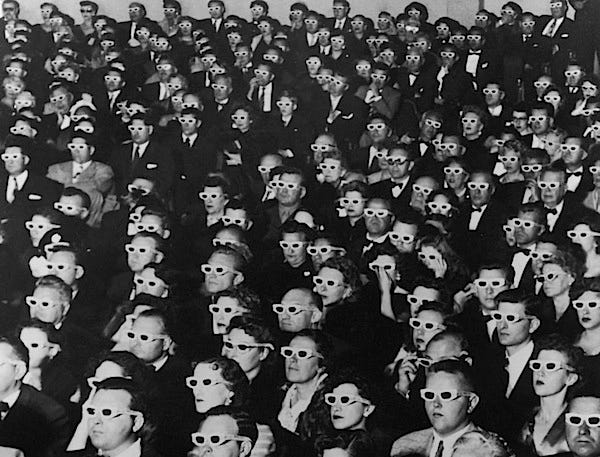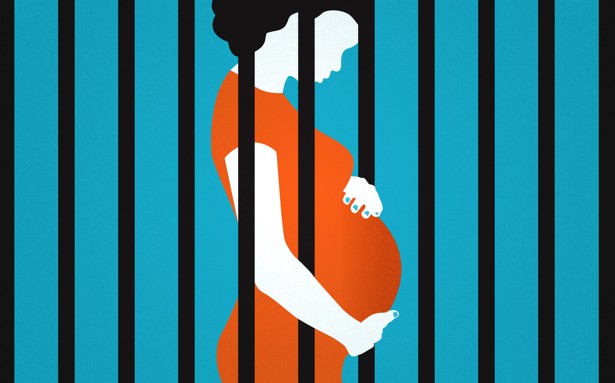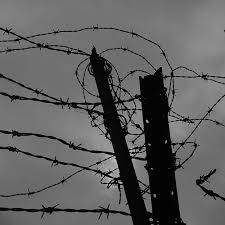
I cannot write about Anene Booysen. Many others are, and are doing so eloquently. But I do wonder about outrage. The national response to the horrible violence against Anene Booysen has been described as outrage. When does outrage occur?
How many women and girls must suffer violence and abuse to cross the threshold of outrage? How many men must engage in violence and abuse before the horizon of outrage is breached?
I ask this because I don’t recall outrage being expressed when both the Rape Crisis Cape Town Trust and the Saartjie Baartman Centre for Women and Children faced imminent closure last year. Yes, there were individuals and groups who jumped and organized, but there was no great surge of outrage at what would surely follow the simultaneous closure of the two most successful and most important resources in the Western Cape for those seeking help, support, community in the midst of suffering violence.
Remember, Rape Crisis is the oldest center of its kind in South Africa. In a recent two-year period, it served over 5000 rape survivors. And when it served the survivors, it served their loved and loving ones, their friends, their communities, and their neighborhoods. It served the whole of South Africa, one healing empowering person at a time.
Likewise, Saartjie Baartman has been working out of Manenberg to change the world by changing the area. The Centre, open for ten years, is a one-stop service shop: 24-hour shelter, short and medium residential care, childcare, counseling, legal advice, education and mentoring, and more.
Both Rape Crisis and Saartjie Baartman have played lead roles in research, advocacy, and mobilizing around women’s rights generally. They offer a place for women to hear their own voices, to have their voices heard, to have their voices joined and amplified, to have their voices translated into action.
Both Rape Crisis Cape Town Trust and the Saartjie Baartman Centre for Women and Children are indispensable, and not only for the women and children, and men, who come in looking for help. For the entire country and beyond. Who leapt to organize when the two, in one fell swoop, faced closure? The usual suspects. Not `the nation,’ not the State, nor was Twitter alight with outrage.
Along with protests and uprisings and expressions of outrage, all of which are terrifically important, let there be outrage for the condition of those people and organizations that have worked and are working now to change the world, to transform society, to create a place in which women and children and men can live in peace and joy. Support Rape Crisis Cape Town Trust and the Saartjie Baartman Centre for Women and Children. It’s never too late. Do it now.
(Photo Credit: Local Media Unpacked)



